The area devoted to producing pistachios continues to increase in Spain. According to the surface and production advances shared by the Ministry of Agriculture, Fisheries, and Food, last year, the area increased by almost 15% over the previous year, going from 61,231 hectares in 2021 to almost 70,300 in 2022.
However, the expansion of pistachio in Spain is relatively recent, and only 33% of that amount is in production with average yields that are still very far from the maximum productivity that the crop can reach. Thus, producers expect Spanish production will experience exponential growth in the coming years, in which, in addition, plantations are expected to continue to increase.
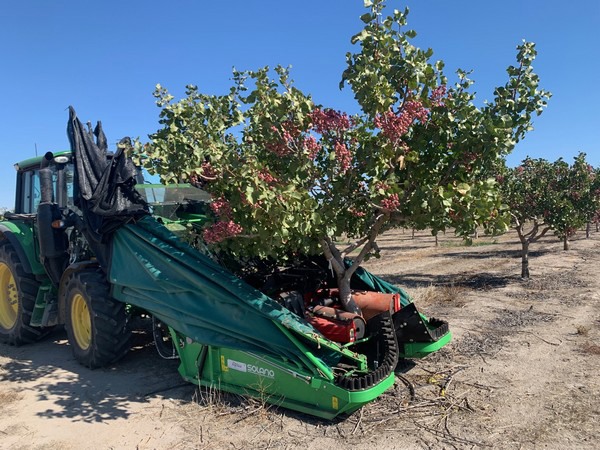
“The cultivation of pistachio in Spain is a reality. The productions we've had so far are still very small so we still can't supply any large international chains. We'll be able to do that in some 6 or 8 years, but that might not be our main objective as a sector then,” stated Alfredo Pérez, president of Grupo Pistacyl, the main producer of pistachio in Castilla and Leon.
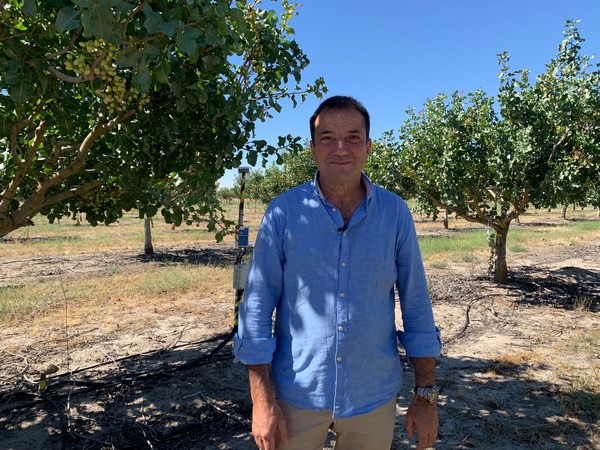
“The Spanish pistachio is increasingly accepted in international markets. A few years ago, this crop was quite unknown at the cultivation level in Spain, but there have been more and more R&D and projects regarding its cultivation and we are making fewer and fewer mistakes in its production.”
“In fact, we at Pistacyl are very involved in pistachio research and we have carried out several R&D projects in the cultivation and processing of pistachio. We are sharing all our knowledge with other companies in Castilla and Leon to improve the plantations in the autonomous community so that the pistachio of this region has an excellent quality. It's a goal that we are achieving."
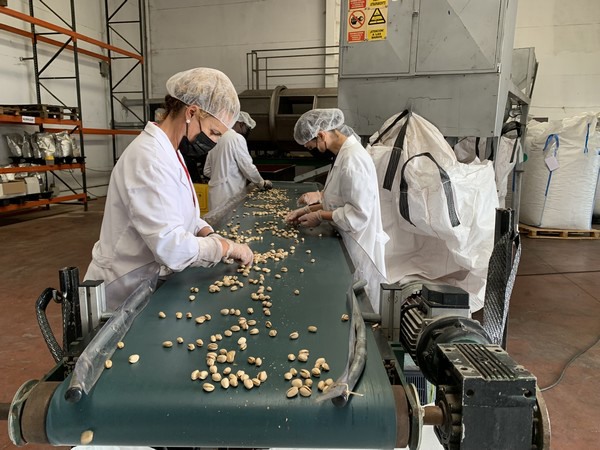
“The response we had at the Salón Gourmets in Madrid was fabulous. People were surprised by the color, size, flavor, and high quality of our pistachios,” Alfredo stated. “We make a natural product without any additives that is having very good acceptance in Europe, where we are already exporting it. The pistachio cream that we presented in Madrid has also had very good acceptance. It is made with 100% natural cold ground pistachio and we developed it together with the master pastry chef Lázaro Sanabria of Castiviejo de Medina de Ríoseco pastry shop, which has helped us to get a spectacular line that has created great interest among the best pastry shops and restaurants.”
“Our commitment has been to develop a cream to make desserts and other dishes, but some supermarket chains have already shown their interest in a spreadable version for the final consumer, and we hope to start working on it soon.”
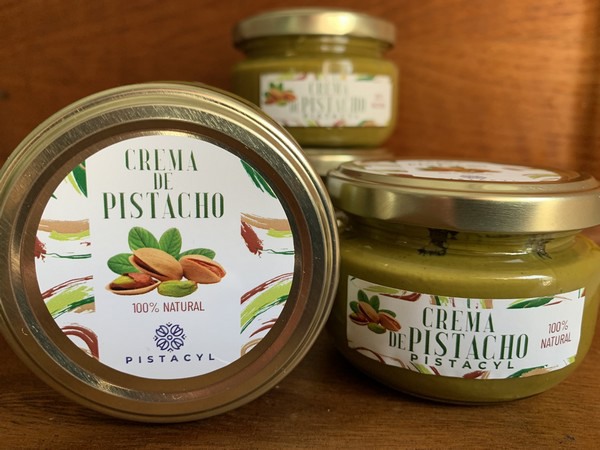
“The crops reach their maximum yields in 18 years”
The flowering of the pistachio trees of the Pistacyl plantations - mainly of the Kerman variety, which flower later thus avoiding the last frosts of spring - is ending in Castilla and Leon. The flowering developed successfully despite the drought that is affecting the country's crops this year. “So far, everything is going well. There are many hectares under irrigation with drip facilities and water consumption will begin next month after flowering. Hopefully, it will rain then, as it would increase the caliber of the pistachios. Fortunately, the pistachio needs much less water than other fruit trees.”
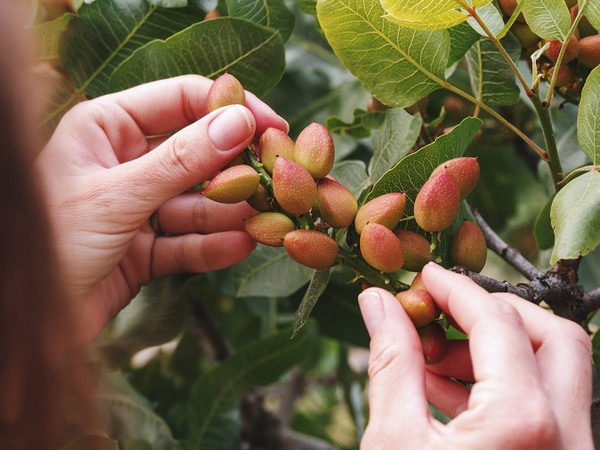
This moderate water demand, together with its adaptability to traditionally rainfed areas and, above all, its interesting yield, have led pistachio cultivation to boom in Spain in the last decade. “Pistachio is a good investment, but producers must bear in mind that their first harvest will take place 7 or 8 years after having planted the crops and that the trees do not reach maximum production - between 2,000 and 2,500 kilos per hectare - until the age of 18. We encourage people to continue making investments in pistachio, but we also want to let it be known that, despite it being sold as ‘green gold’, it's a long-term investment that requires having enough financing because it is amortized over an average of 12 years.”
For more information:
Grupo Pistacyl
Polígono Industrial El Carpio
47470 El Carpio, Valladolid (España)
Tel.: +34 637812948
info@pistacyl.com
https://grupopistacyl.com
